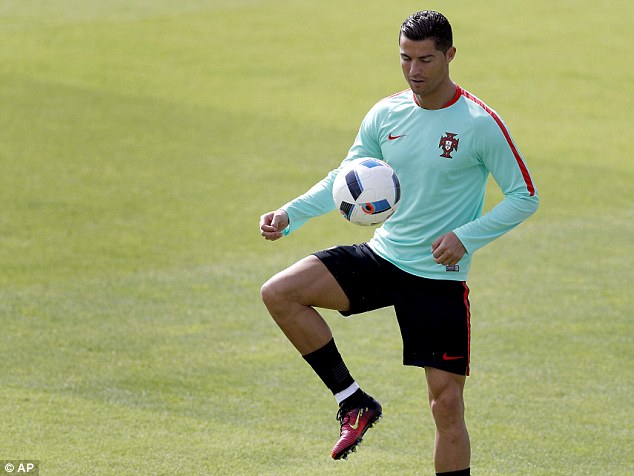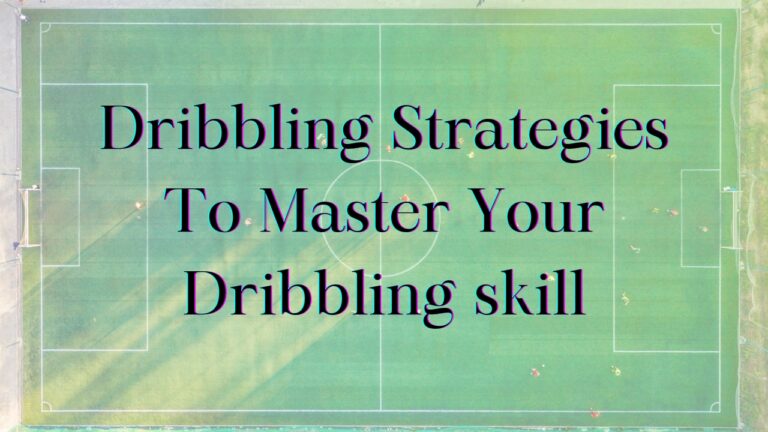Learning to Juggle a Soccer Ball: The Beginner’s Guide
Juggling a soccer ball is one of the most fun and challenging skills for players of all ages to master. More than just a cool party trick to impress your friends, juggling provides many on-field benefits that can elevate your game.
Developing the delicate touch to keep the ball in the air builds coordination, balance, body awareness, and ball control. As these technical attributes improve through juggling, players often find their confidence and creativity with the ball grow as well.
While juggling can be frustrating at first, staying patient and focusing on quality over quantity will pay off. Use the following beginner tips and drills to learn proper technique and get comfortable juggling with multiple body parts. With consistent, daily practice, you’ll be well on your way to becoming a juggling pro!
Getting the Right Mindset to Learn
As a beginner, it’s important not to get discouraged while learning to juggle. Everyone struggles when they first start. The keys are maintaining a positive, growth-oriented mindset and realizing results come through deliberate, quality practice.
Rather than aiming to simply juggle as many times as possible, focus on keeping the ball close and developing a good first touch. Precision builds consistency. As your body awareness and coordination with the ball improves, you can then increase the height, force, and types of surfaces you juggle off of.
Having the right size ball supports proper technique too. Size 4 soccer balls maintain the best bounce and flight at normal inflation levels. Over or under-inflated balls move unpredictably, making juggling much more difficult.
Watch Video
Body Positioning Basics
Effective body positioning establishes balance, weight distribution, and alignment to control the ball. Stand with knees slightly bent, body relaxed, and eyes fixed on the ball to start. Avoid locking knees or hunching over, as this restricts movement.
As the ball drops, align your body behind the intended point of contact. Shift weight between feet to maneuver into a line. This positioning lets you cushion and direct the ball more cleanly. Movements should be controlled and efficient. Simply react and respond to the ball’s movement using proper technique.
Learning with Your Feet First
When first learning, juggle the ball using just your feet before incorporating other body parts. Dropping the ball from your hands helps get comfortable with the appropriate drop height and contact.
Use the bouncing momentum to kick the ball back up with your laces. Focus on solid surface contact and precision over power. As coordination improves, attempt to kick the ball directly from the hands or ground to eliminate the unneeded bounce.
Start juggling with your dominant foot until control is established. Perform a set number of quality juggle repetitions on each foot, then switch. As individual foot control improves, combine them by alternating feet on each contact. This builds coordination while preventing fatigue.
Watch Video
Varying Touches with Other Body Parts
Once foot juggling is achieved, add thigh, chest, and head contacts to vary the difficulty. Bouncing the ball off the flat thigh surface is easiest to control initially. Maintain posture and position thighs perpendicular to the ground.
Heading requires timing and a relaxed neck to cushion the ball with the upper forehead. Move the entire body to align behind the flight path. For the most control, initiate headers downward to waiting feet.
Although more difficult, the shoulders, chest, and hips can help direct balls to waiting feet as well. Absorb momentum by moving with the ball as it makes contact, then redirecting it to the ground. Keep your eyes up and react quickly as the ball approaches.
Watch Video
Fun Skill-Building Games & Drills
Integrate juggling into pre-practice routines with dynamic partner and group exercises:
Everyday Juggling Routine – Complete a set number of quality alternating foot touches before/after training sessions
Juggling While Moving – Control the ball while dribbling across the field to rehearse real in-game movements
Partner Juggling Contests – Take turns juggling, competing to reach personal best records
Group Counting Combos – Standing in a circle, pass the ball around while counting allow touches out loud
Body Part Challenges – Call out random body parts and juggle using only designated surfaces
Continually Increase Your Skills
Once the juggling technique is solidified, advance to more complex tricks like Around the Worlds and Crosses. Integrate juggling into foundational ball mastery work like cuts, turns, and changes of direction. Distribute more touches across your body while incorporating movement.
Use juggling consistently to warm up before games and practices. Not only does it activate muscles and increase heart rate, it helps players get a good feel for the ball. Time spent with the ball each day will keep your touch sharp.
Important safety considerations when learning to juggle a soccer ball:
Choose an appropriate practice area.
Juggling should be done on a flat, open grass or turf surface, away from potential hazards like roads, windows, etc. Ensure adequate space from other people or objects that could get struck by errant balls.
Use proper equipment in good condition.
The right-sized ball inflated to the correct pressure will perform most predictably. Inspect balls and replace or re-inflate ones that are damaged, deformed,d or too soft/hard. Wear shoes appropriate for soccer with laces tied securely.
Pay attention when fatigued.
As muscles tire and reactions slow, injury risks increase. Take regular breaks and stop when coordination significantly decreases. Hydrate frequently during sessions. Recognize when your body needs rest and don’t overdo practice length.
Increase difficulty gradually.
Progress to more complex or physically demanding tricks only after mastering fundamentals. Learning step-by-step limits frustration and allows your body to adapt safely over time. Attempting advanced maneuvers too early often results in falls or mishits.
Use a spotter if needed.
Have a partner watch to help retrieve balls and provide cues if you constantly struggle with certain techniques. They can also assist if you lose balance while learning difficult maneuvers. Experienced jugglers can demonstrate proper form.
Stop immediately if injured.
Minor bruises or foot abrasions can occur during early learning. Ice-impacted areas and properly clean any skin breaks to prevent infection. Should any injury cause significant sustained pain or impairment, consult a doctor before returning to practice.
Remain aware of surroundings.
Be cognizant of activity in all directions to avoid collisions with people, objects, or other balls. Maintain a safety buffer zone around your practice area. Cease juggling and shout verbal warnings if others encroach suddenly.
Remember, jugging has a learning curve, but staying dedicated through quality repetition is key. Setting measurable goals, tracking progress, and competing with fun drills keeps things fresh. You’ll be impressing teammates with your skills and confidence on the ball in no time!
Want to learn how to juggle a soccer ball? This complete beginner’s guide covers everything from proper mindset and positioning to foot and body control drills. With engaging instructions and actionable tips, see a noticeable improvement in coordination, touch, and confidence on the ball. Start by understanding key techniques like using clean contacts, quality reps, and responsive movement. Then progress smoothly from dropping and catching to kicking precisely with each foot. Vary surfaces by adding controlled thigh, chest, and header contacts once footwork is established. Fun solo games plus creative partner challenges build ball mastery. You’ll find motivating training routines to stick with as well. Continual, daily practice is vital, but simple progression lets soccer juggling feel achievable by players of all ages and abilities. Implement deliberate, step-by-step methods to excel. In no time you’ll impress teammates with newfound abilities – all while improving footwork for the pitch!
RELATED POST: How To Kick A Soccer Ball
AUTHOR AllAttack
Your home for premium Football (Soccer) content. We beautifully teach the beautiful game, Welcome to AllAttack
witter
twitter.com/AllAttack1
facebook.com/allattack12
instagram.com/all_attack
https://youtube.com/@AllAttack?si=D7mxmmf8rvaprZyV
Reference Video:






